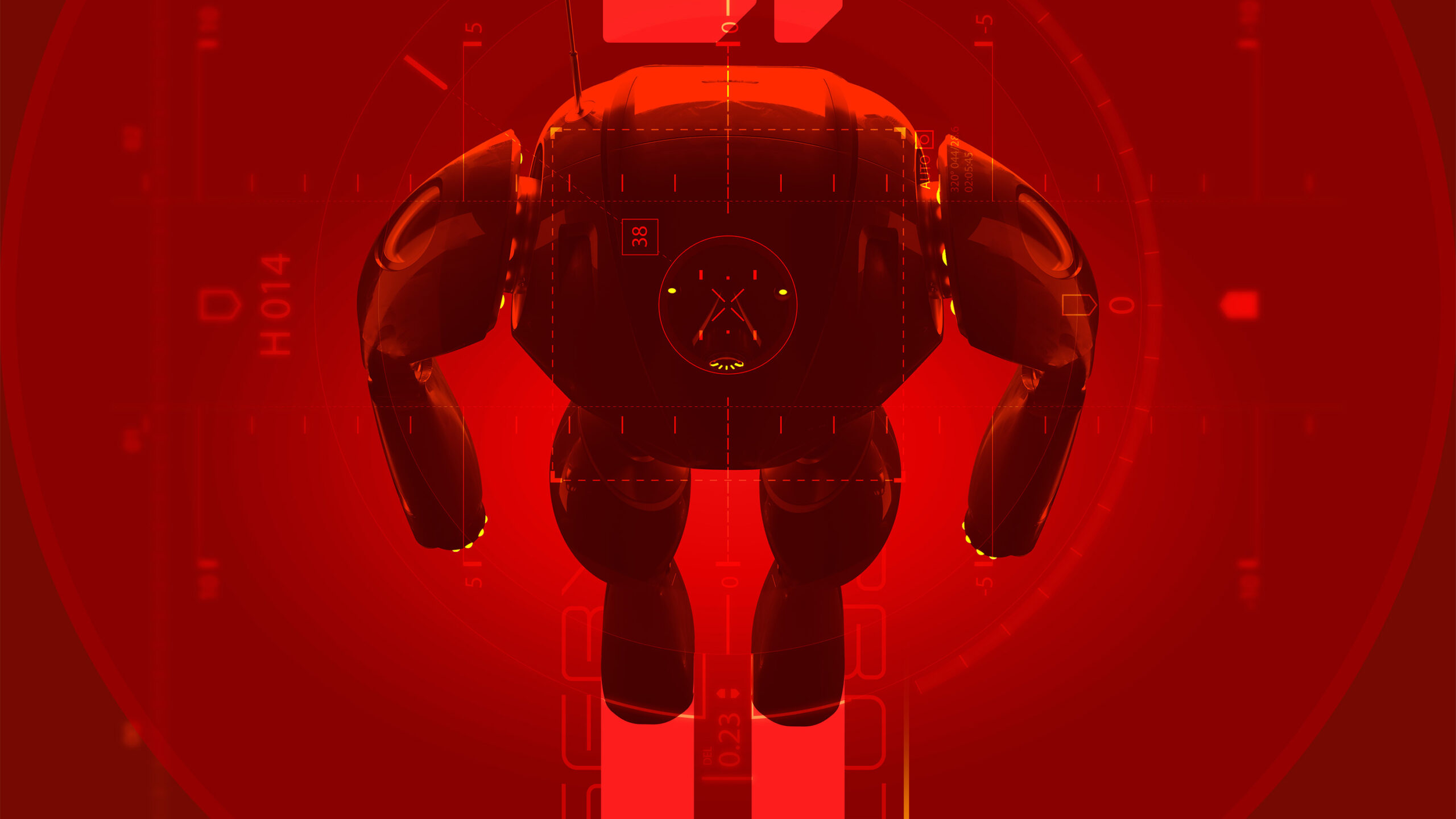
Shinobi
“Shinobi” is a personal passion project centered on the creation of a futuristic guardian robot. My vision was to explore a design that blends both strength and elegance, resulting in a machine that feels protective yet agile.
The concept takes the form of a humanoid robot with a distinctly bipedal structure. While it stands tall and human-like, its mobility is enhanced by sleek, integrated wheels in place of traditional feet, allowing it to transition smoothly between walking, gliding, and rapid movement. Beyond ground-level mobility, Shinobi is also equipped with flight capabilities, reinforcing its role as a versatile protector in any environment.
At its core, Shinobi embodies the idea of a protective sentinel—an ever-present guardian figure that combines advanced robotics with visionary design.
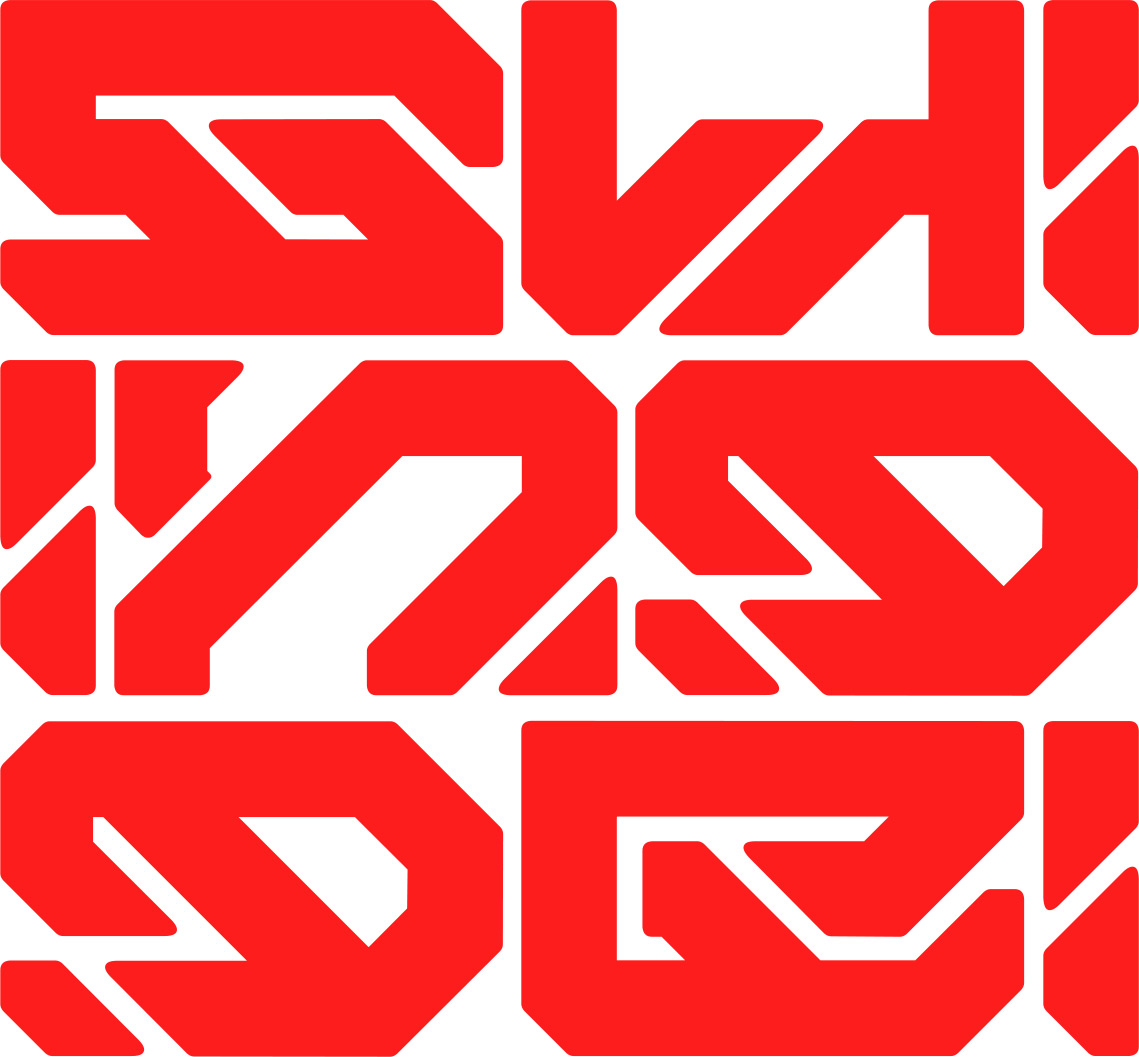
Inspiration
Aesthetically, the design draws inspiration from the glowing, high-tech visual language of films like Tron, as well as the bold futuristic concepts of designer Daniel Simon. These influences guided the creation of a form that is both minimal and sophisticated, with clean lines, illuminated elements, and a sense of advanced functionality.
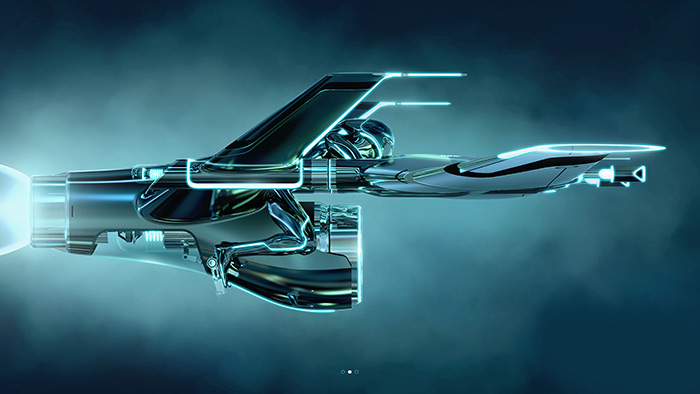
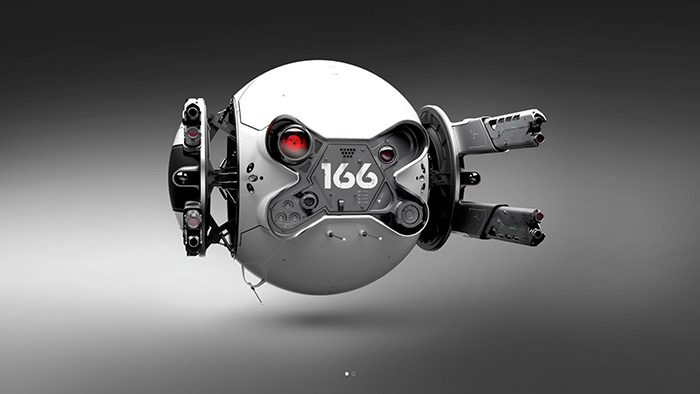
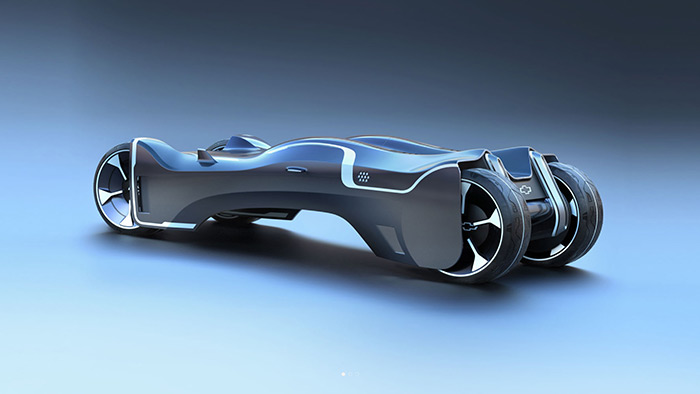
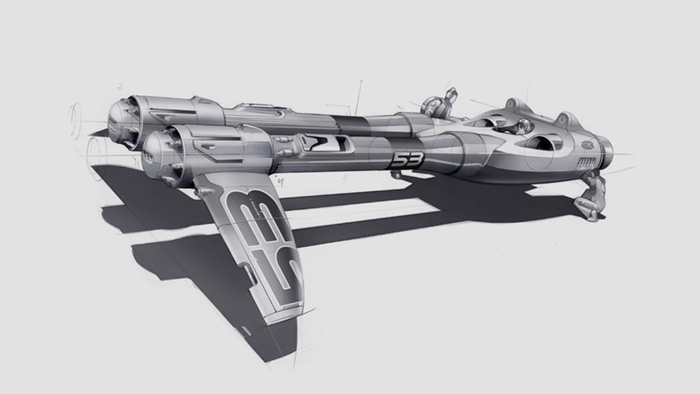
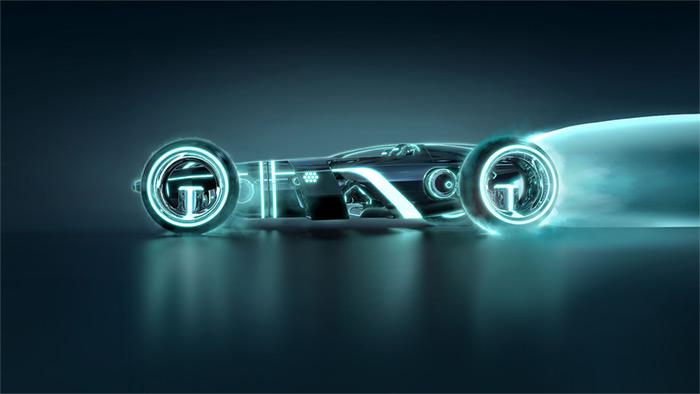
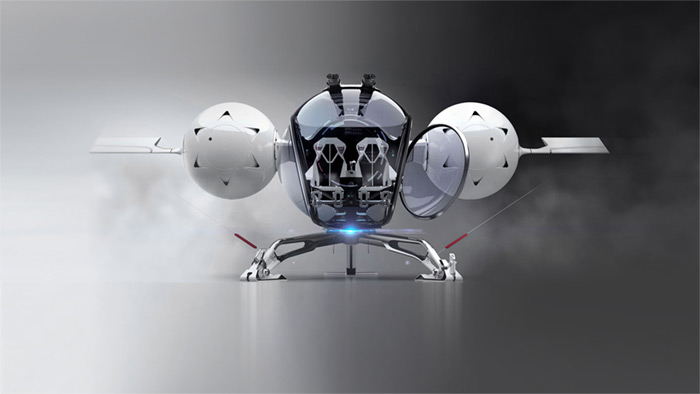
Concept Sketches
The concept sketch process for this project began with brainstorming visual elements, translating the campaign’s themes into initial rough drafts.
Multiple iterations were created, exploring various futuristic shapes. Some of the final sketches are shown below.
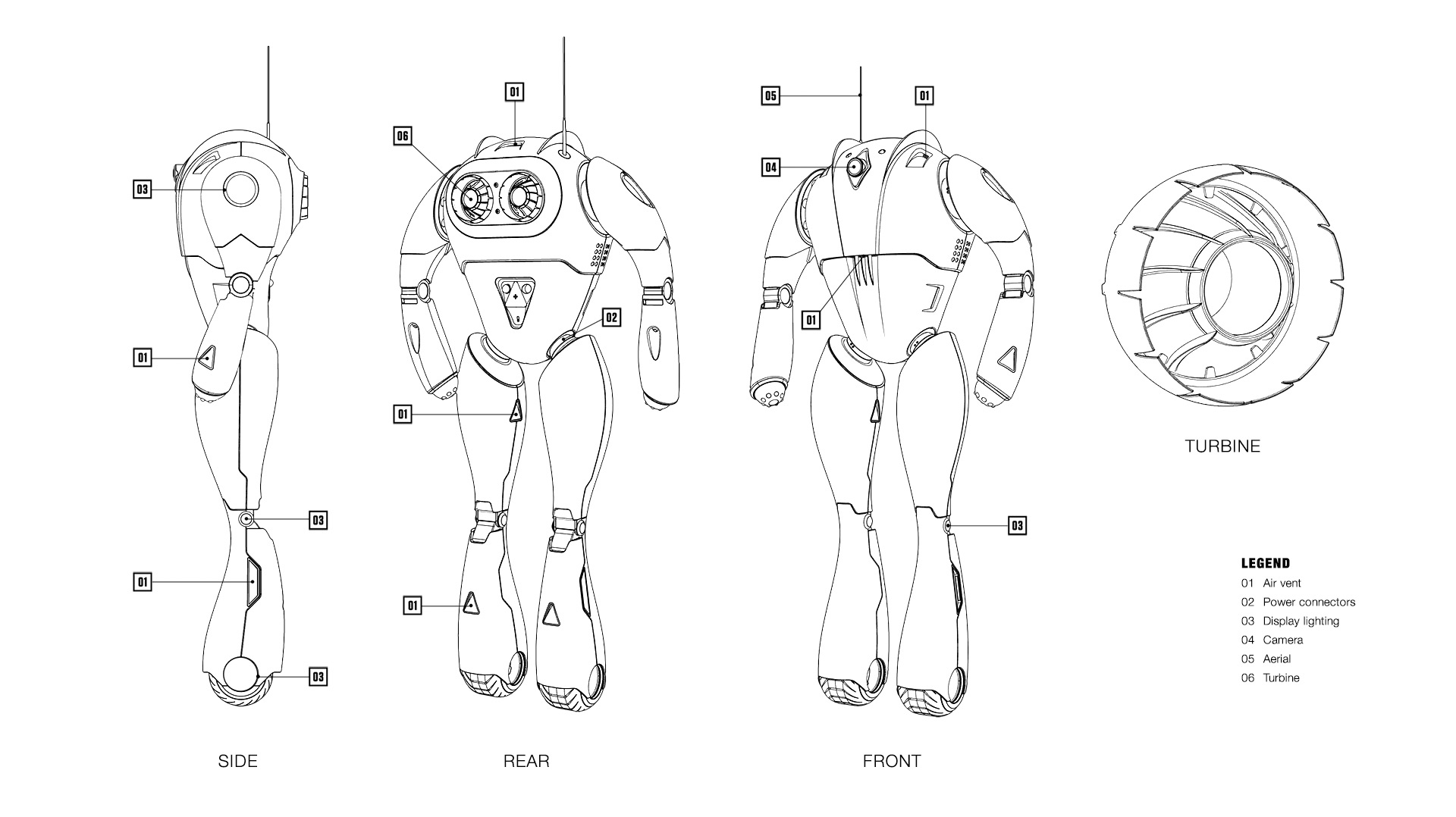
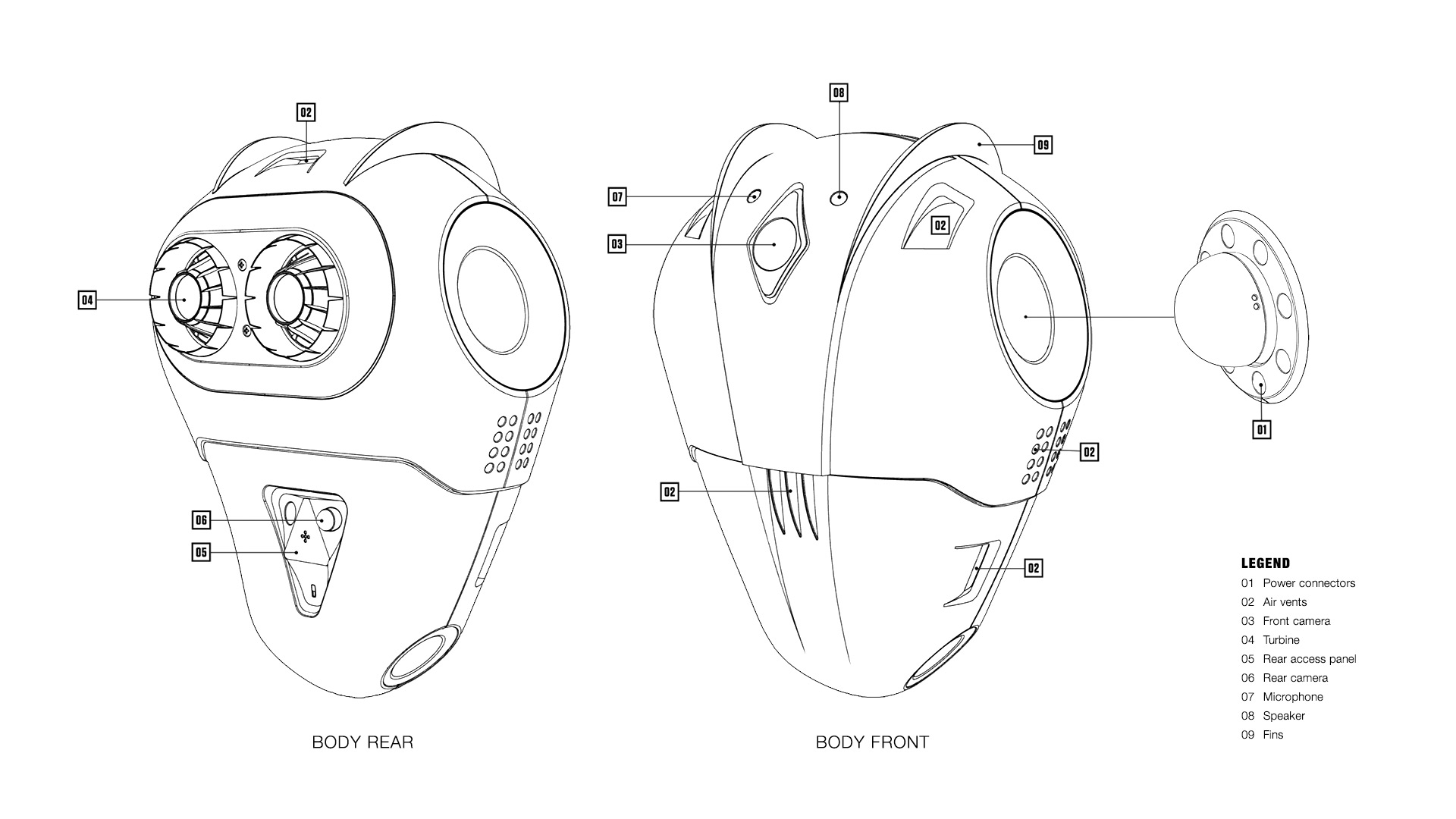
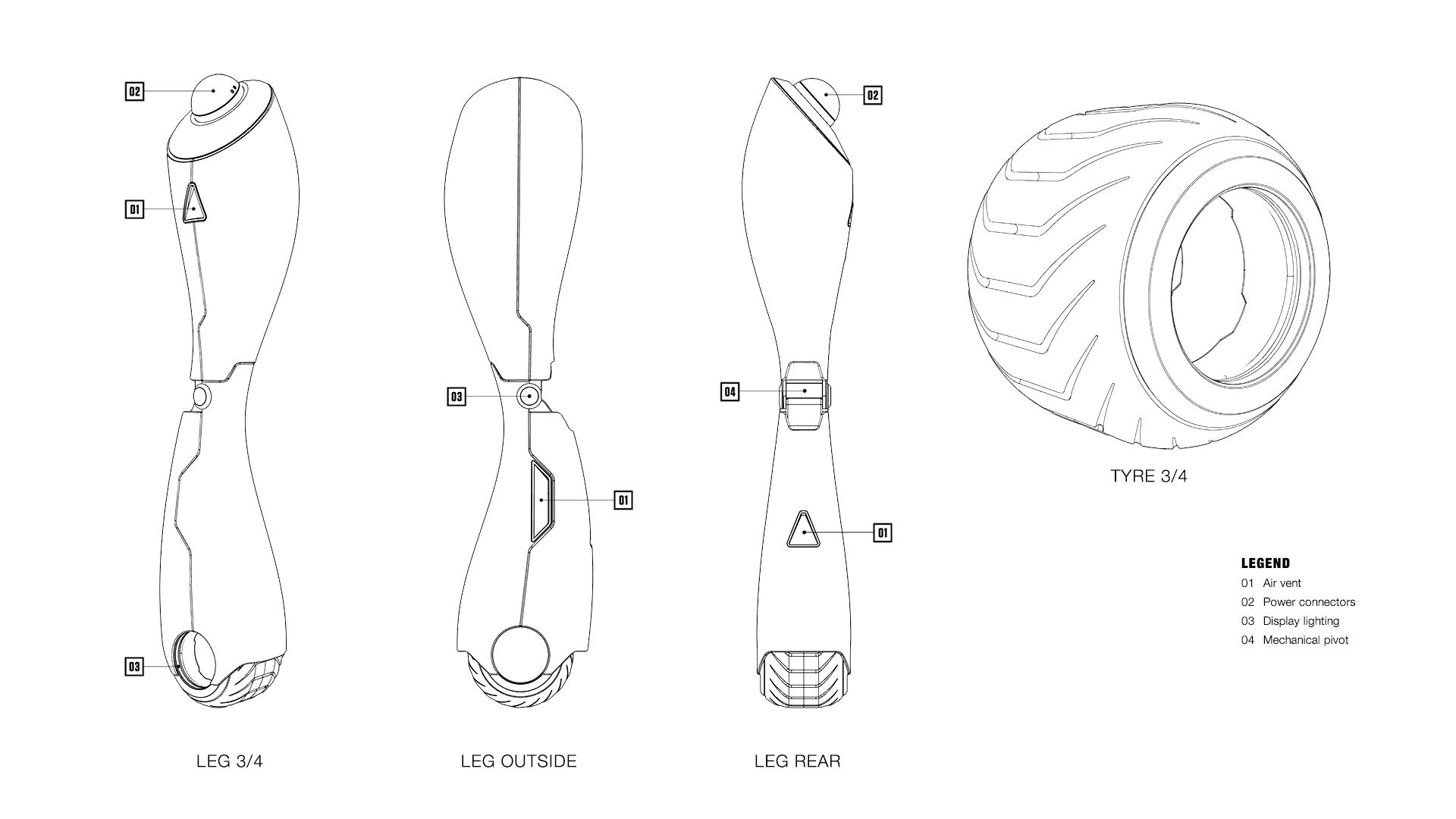
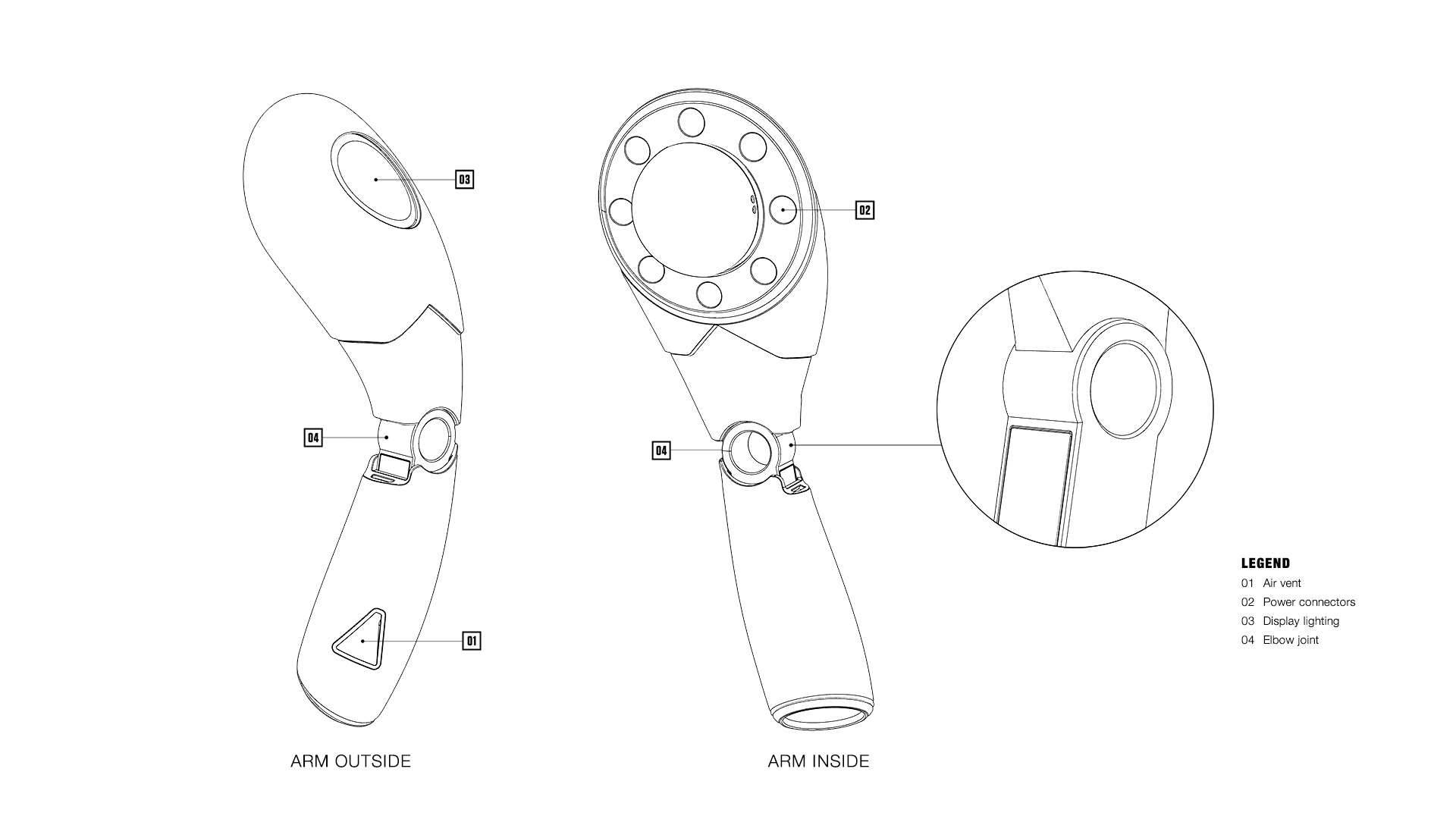
3D Modelling
The 3D modeling for this project was carried out in Plasticity, chosen for its ability to produce highly precise shapes, hard surfaces, and clean geometry essential for futuristic design. This stage allowed for careful attention to detail, ensuring that every contour, panel, and mechanical element aligned with the sleek, high-tech aesthetic envisioned for the robot.
Once the modeling phase was complete, the asset was imported into 3DS Max, where the rigging process was performed. Rigging gave the model functional articulation, making it possible to experiment with poses and movements that emphasized its humanoid and protective qualities.
For the final visual presentation, V-Ray was used to build photo-realistic shaders that captured the interplay of light and material, from metallic surfaces to glowing accents. The rendering was executed at high resolution, allowing for fine detail, crisp edges, and a cinematic finish that highlighted both the design and the atmosphere of the piece.
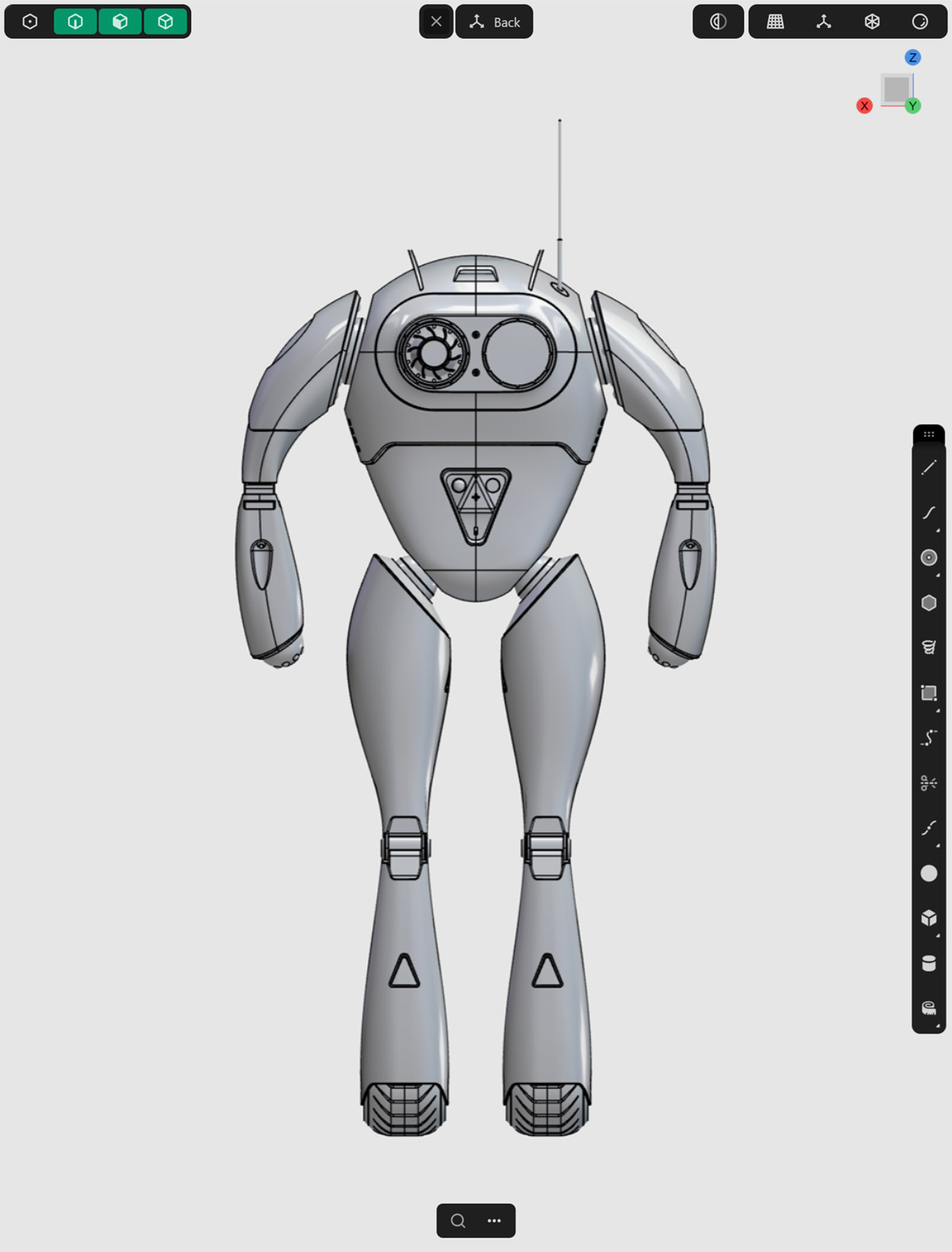
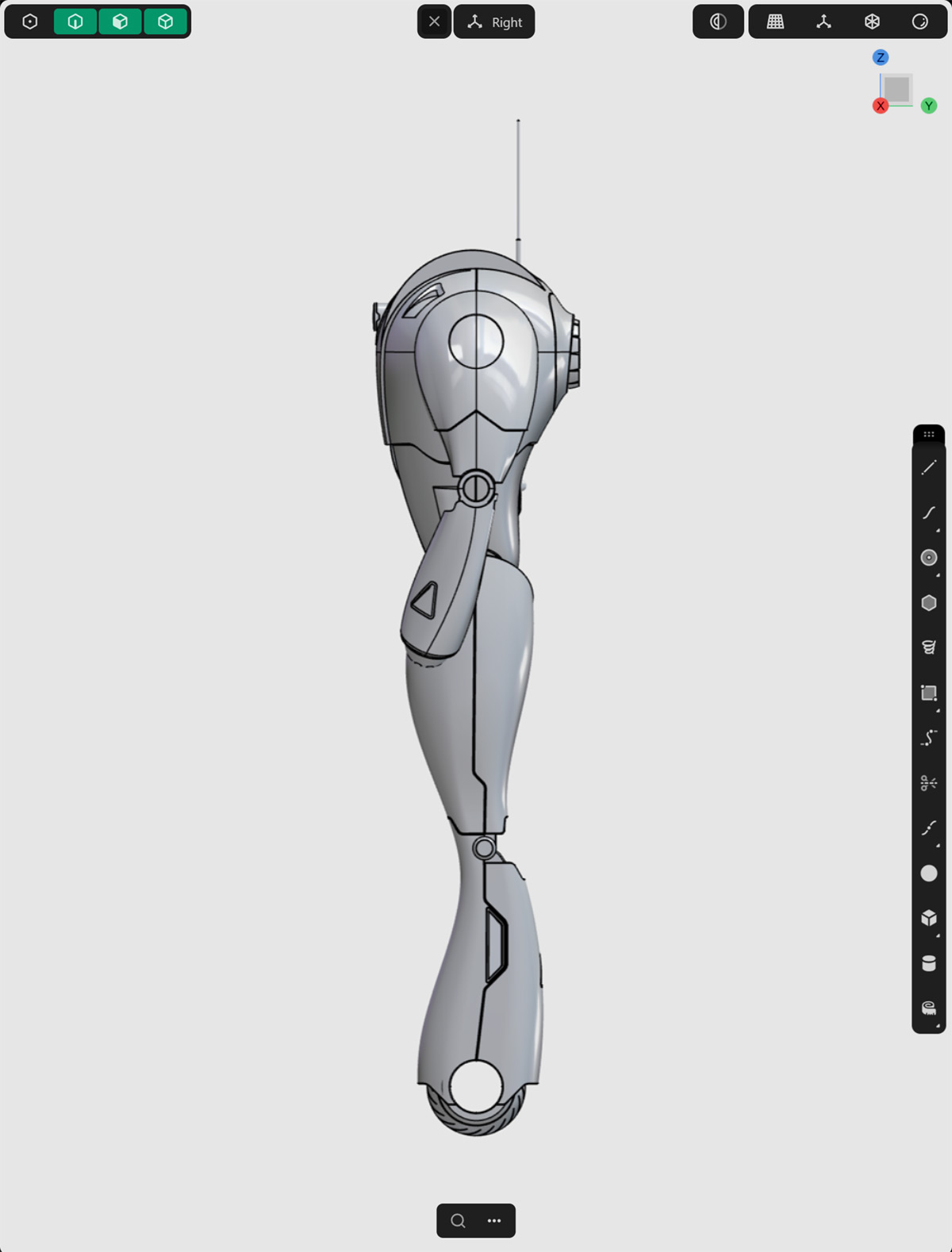
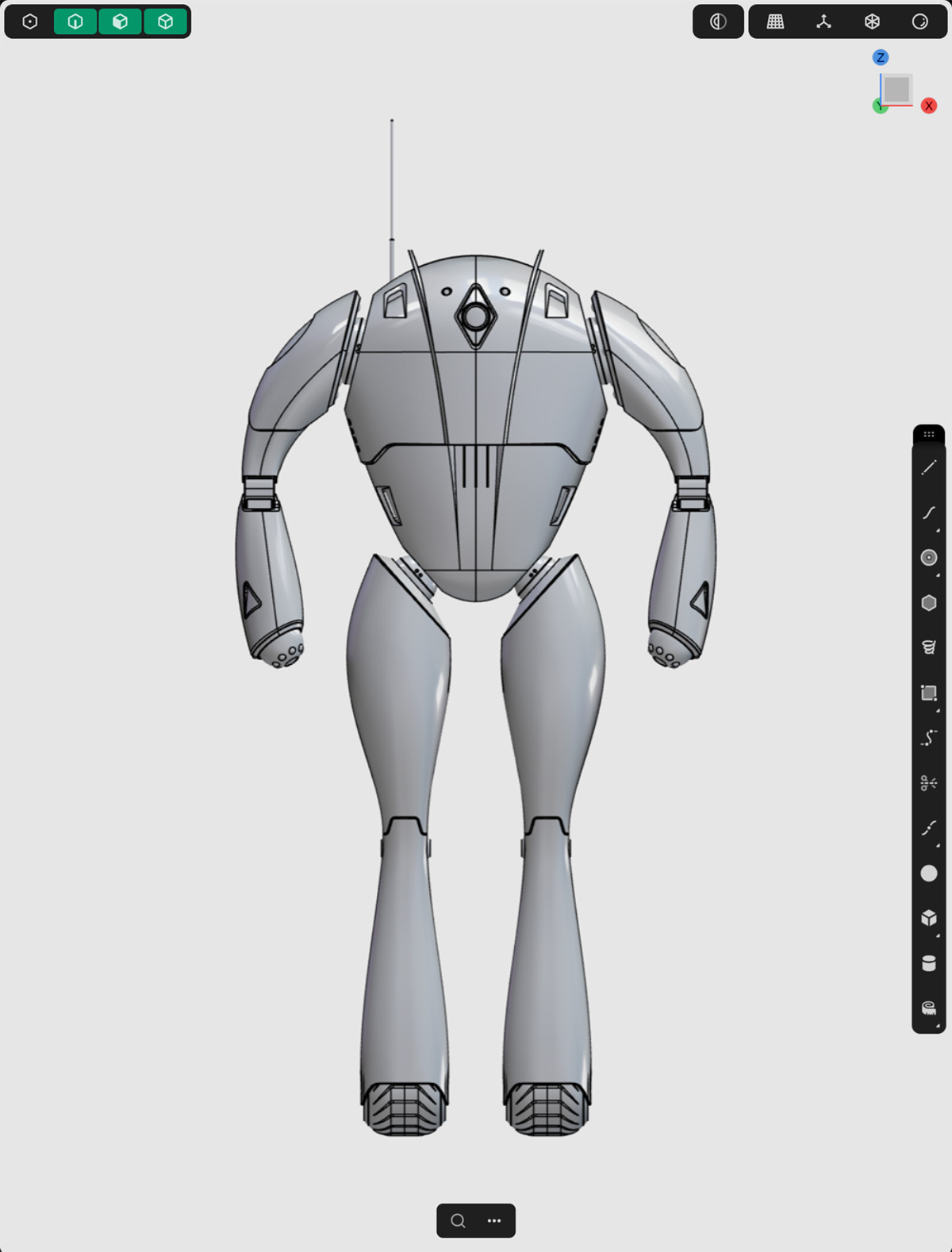
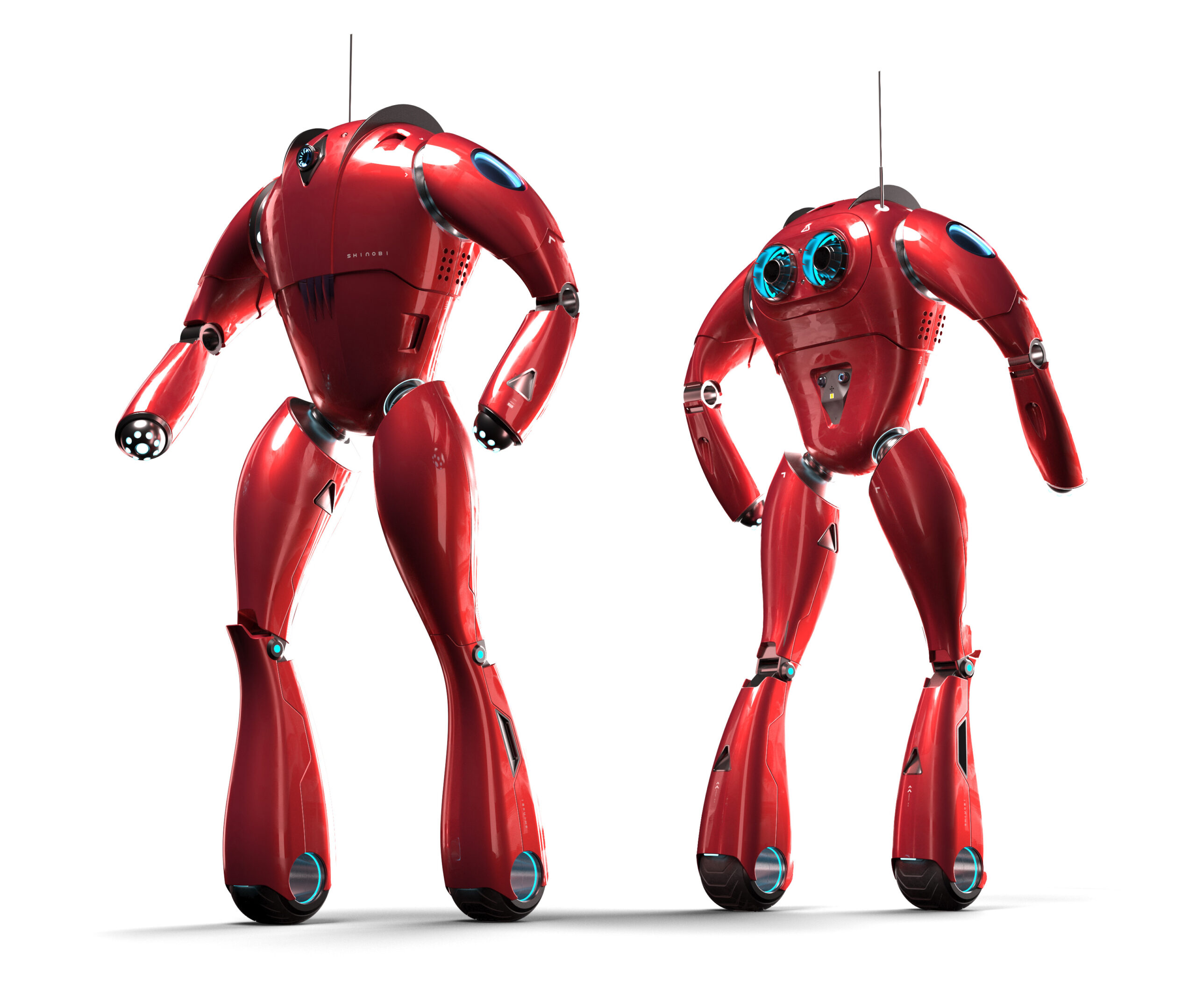
Key Visuals
For this stage of the project, my goal was to move beyond straightforward 3D renders and instead craft key visuals with a cinematic and iconic quality. I wanted each image to feel like it could stand alone as a movie poster—striking, memorable, and charged with narrative potential.
To achieve this, I leaned into a cyber-art aesthetic, blending sleek futuristic design with bold artistic composition. The visuals were enhanced with carefully chosen futuristic typography, lending a graphic identity to the project, while HUD-style infographics and layered interface elements added depth and a sense of technological sophistication.
The result was a series of montages that blur the line between concept art and promotional artwork—images that not only showcase the design of the robot but also suggest a larger world and story surrounding it. These visuals serve as both an extension of the design process and an exploration of how the project might be presented in a cinematic or entertainment context.
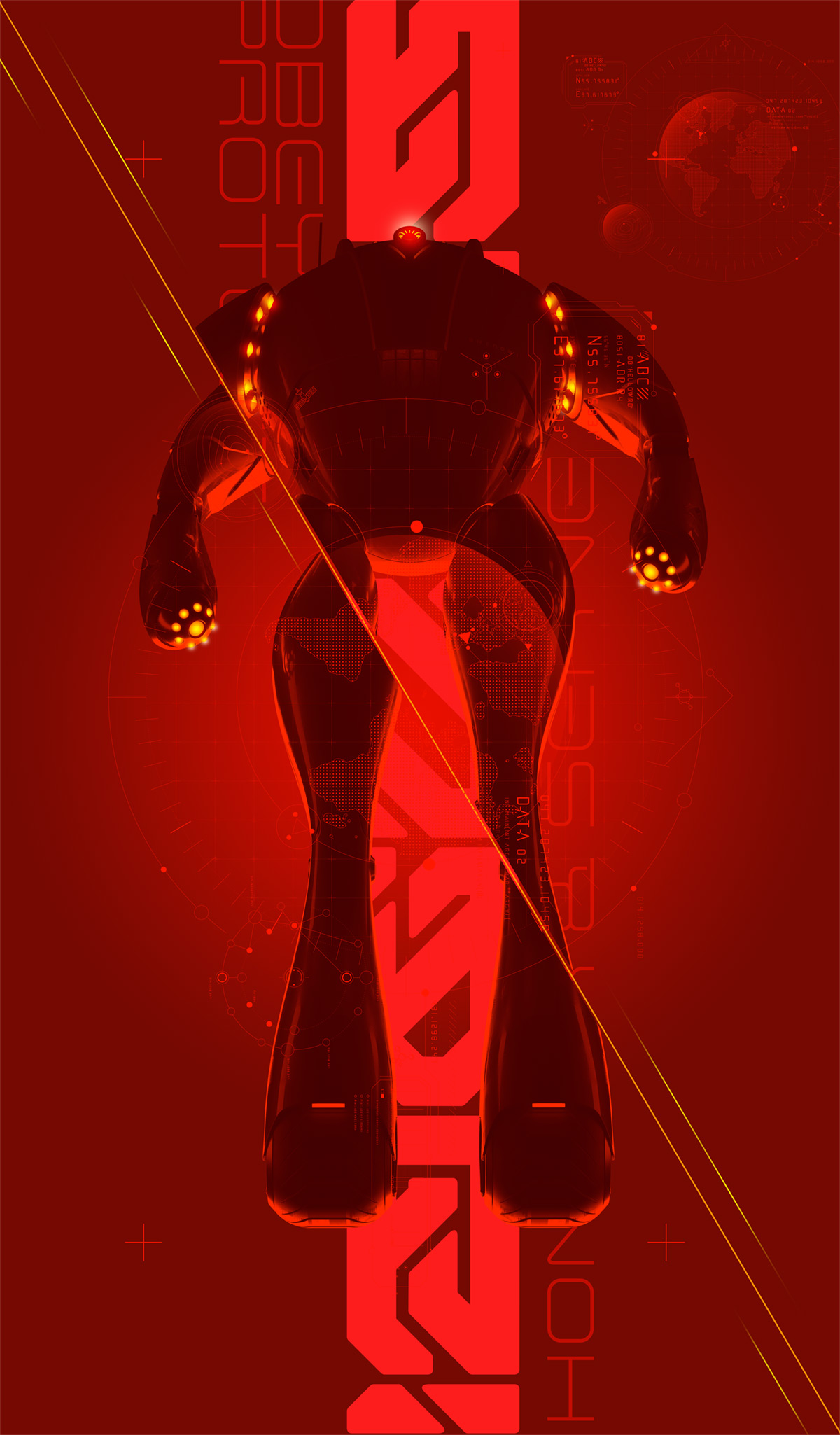
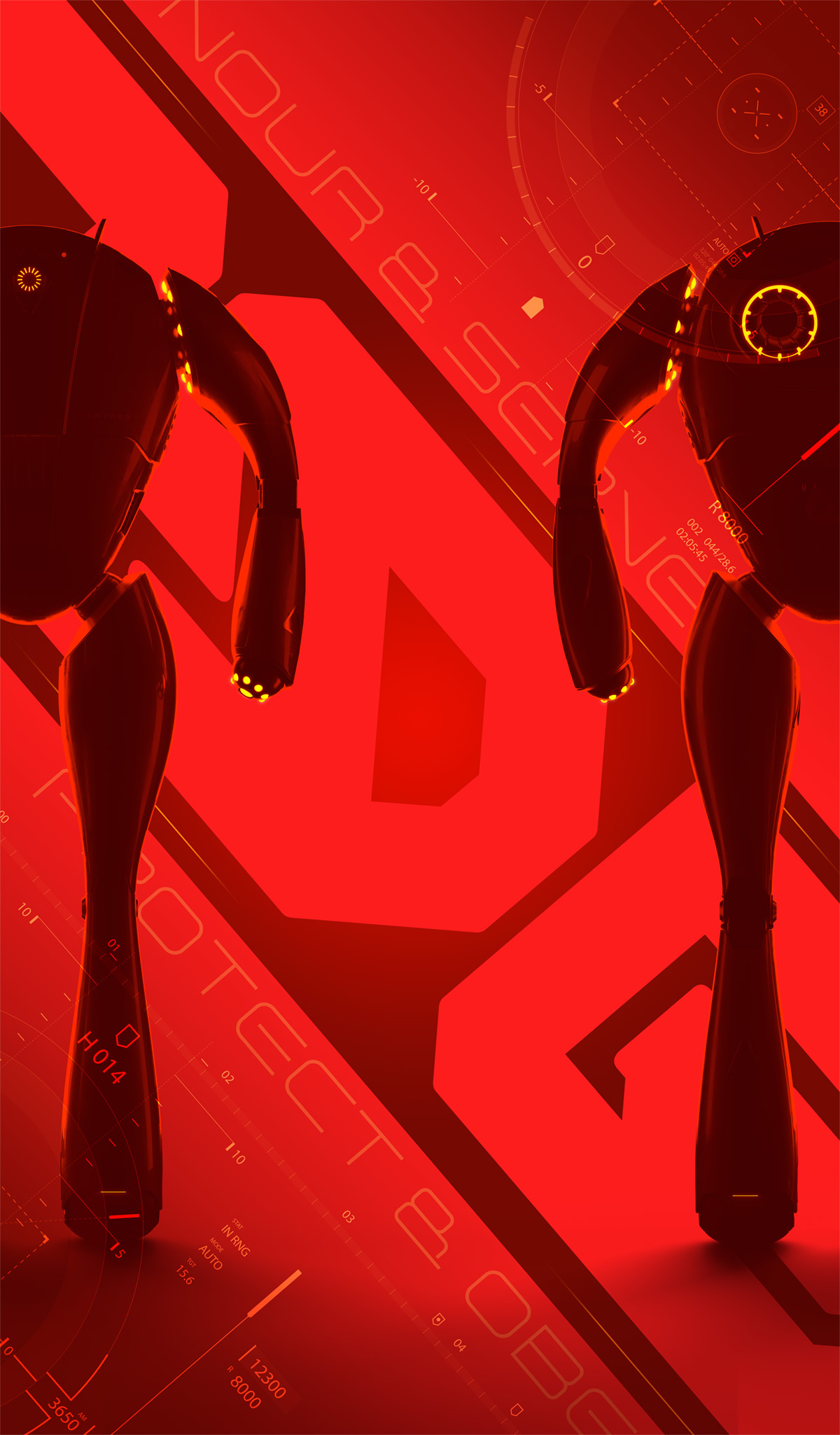
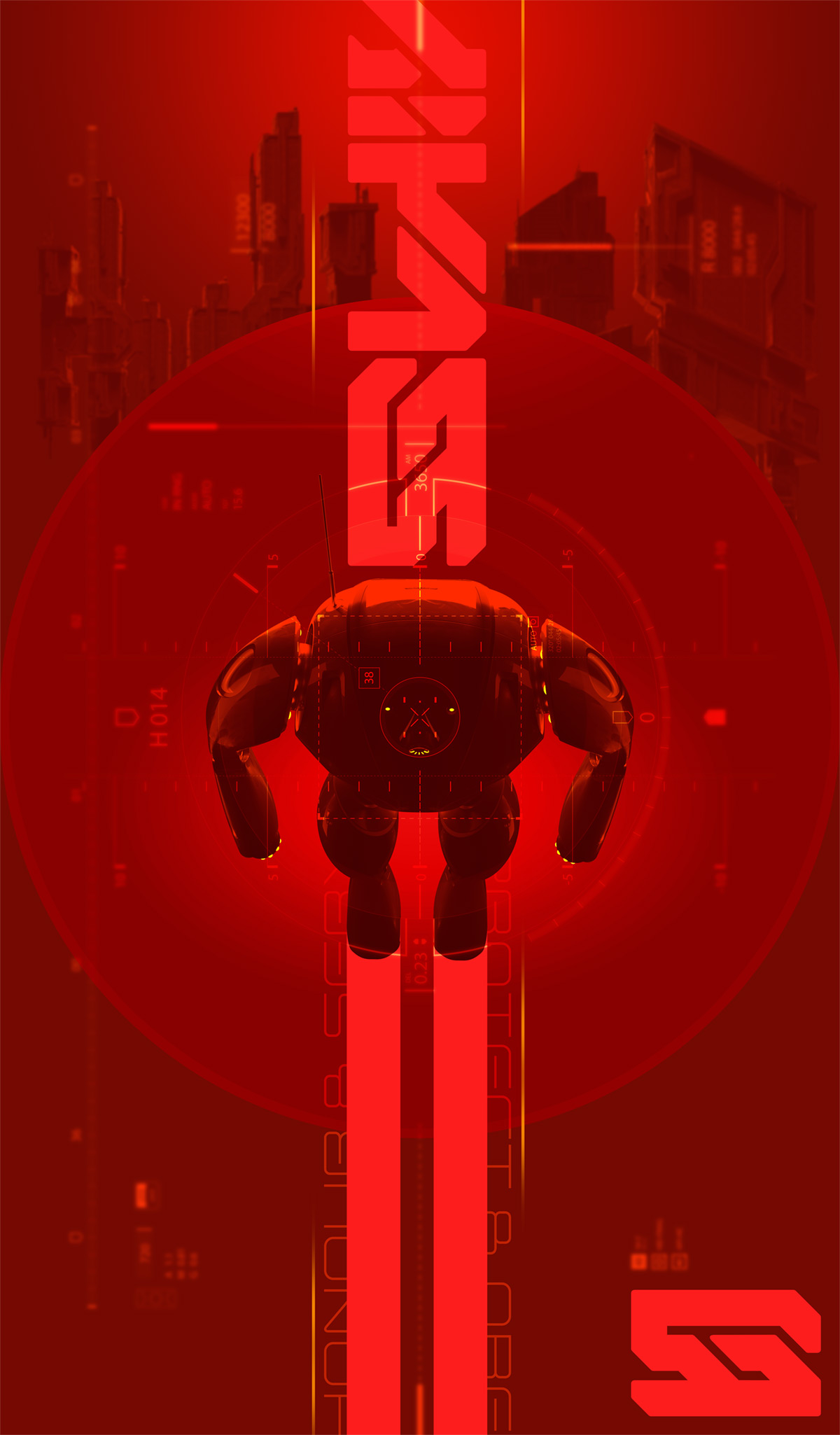
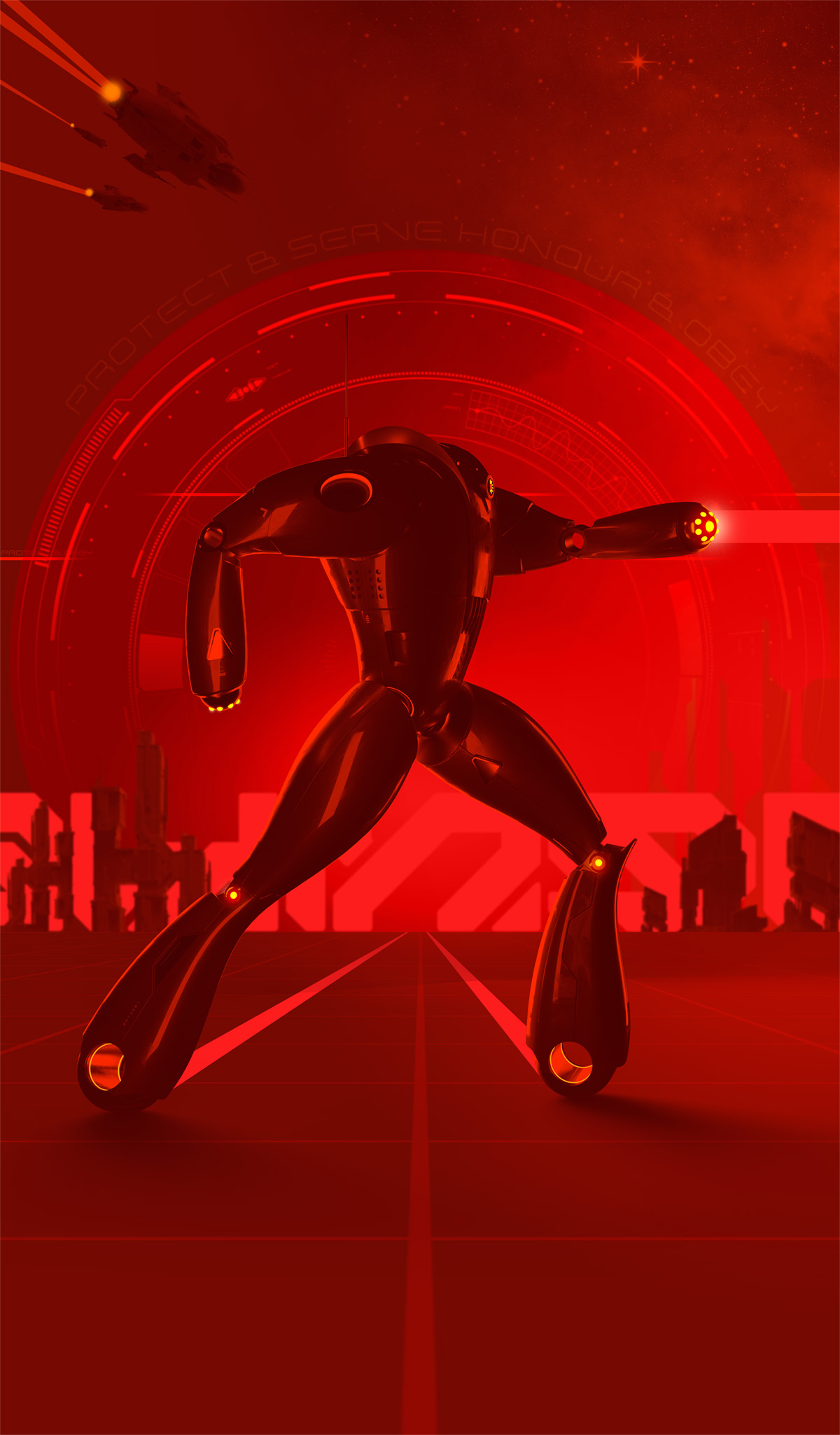
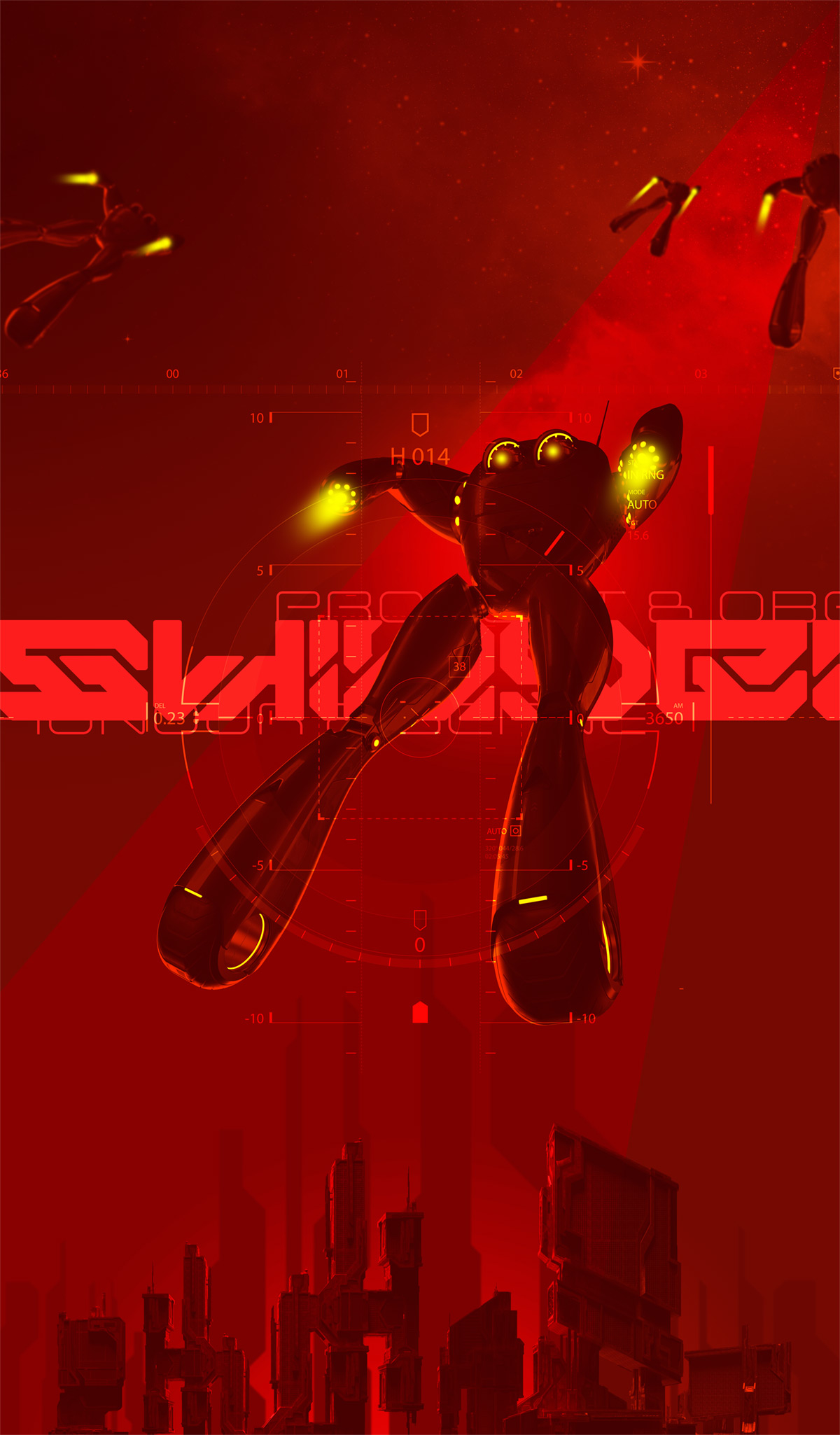
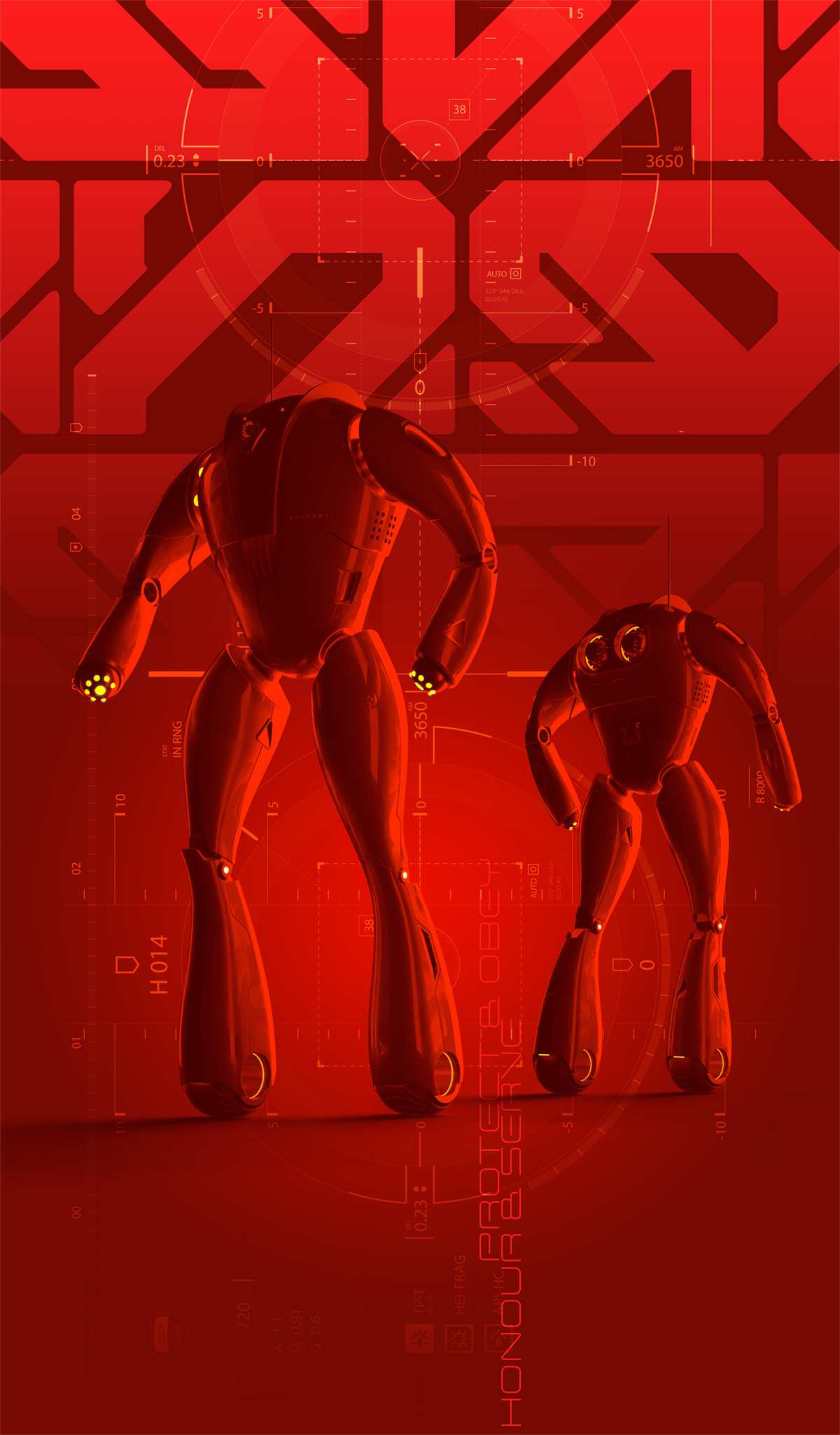
Output
Key Visuals
3D Model
Poster Designs
My Role
Art Director
Graphic Designer
Technical Artist
Deployed
Website
Social Media
Skills
3D Modelling
3D Texturing
UVW Mapping
Lighting
Rendering
Compositing
Drawing
Software
3DS Max
Vray
Substance Painter
ZBrush
After Effects
Photoshop
Illustrator
Duration
6 weeks
